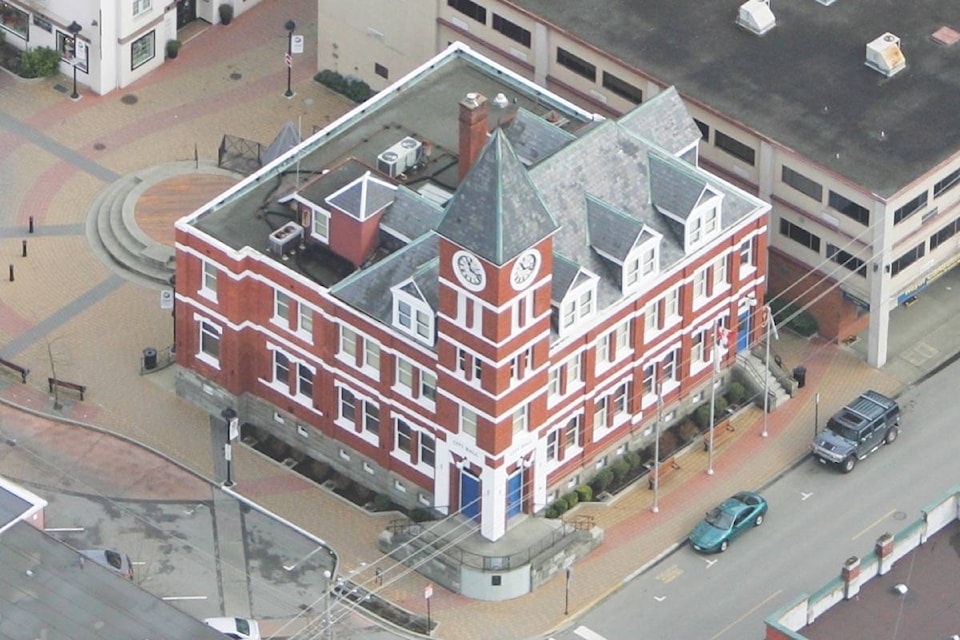The population of Duncan is projected to rise over the 5,000 mark within the next five years, and that could mean a significant increase in policing costs in the city.
The 2016 Census results show that Duncan’s population, as of 2016, is 4,944.
As the population is less than 5,000, the city continues to be below the threshold set by the provincial government for becoming directly responsible for providing policing services.
But Talitha Soldera, Duncan’s finance director, said it’s expected that by the time the next Census results are released in 2021, Duncan’s poulation will exceed 5,000 and the city’s policing costs could rise by approximately $1.4 million each year.
That would be a significant increase to the small city’s annual $9 million budget.
“So far, the population has stayed below the provincial threshold and the city has been able to use the funding that would have been earmarked for additional policing expenses to undertake much needed capital projects,” said Duncan mayor Phil Kent.
“City council has considered a number of options for fiscal planning and believes that maintaining a police-bridging capital fund continues to be the most prudent financial strategy going forward. This ensures the needed capital infrastructure is maintained or improved before increased police operating costs limit our opportunities.”
For communities with less than 5,000 people, the province pays 70 per cent of policing costs but recovers a portion of the costs from municipalities through a police tax levy, with Ottawa paying the remaining 30 per cent.
But for communities that have populations between 5,000 and 14,999, the municipality must assume responsibility for police services within their boundaries and pay 70 per cent of the costs, with Ottawa continuing to pick up the remaining 30 per cent.
Soldera said that after debating various options during the budget process, council is considering maintaining tax increases close to the rate of inflation for the next six years, with a steady increase from 2.4 per cent in 2017 to 4.4 per cent in 2022, which will protect taxpayers from a large tax increase if or when the city’s population rises over the threshold.
“If we don’t start preparing now, we could face a tax increase of about 21 per cent [when the population increases to more than 5,000],” she said
In the meantime, Kent said the city will take the opportunity to use the funds that would otherwise have gone towards the increased cost of policing in the next few years to pay for capital projects, such as road improvements and boulevard improvements along the Trans-Canada Highway.
He said Duncan’s proposed six-year financial plan includes spending just over $4 million over six years on capital projects.
